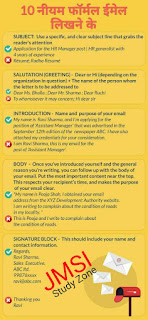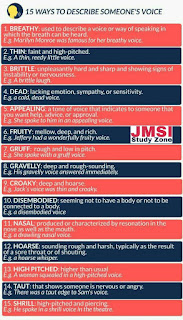Condolence Messages

Condolence Messages 1. I can’t imagine what you must be feeling right now, but I want you to know that we are just a phone call away. (मैं सोच भी नहीं सकता आप इस समय कैसा महसूस कर रहे होंगे, लेकिन मैं आपको बताना चाहता हूँ कि हम सिर्फ एक कॉल दूर हैं) 2. We are sorry for your loss. He was such a great person, he will live on in our memories forever. My heartfelt condolences. (हम आपके दुःख में आपके साथ हैं. वह बहुत ही अच्छा इंसान था, और वो हमारी यादों में हमेशा रहेगा. मेरी सहानुभूति आपके साथ है.) 3. Please accept our heartfelt condolences and we hope that in a small way they help through these trying times. (मेरी सहानुभूति स्वीकारें और आशा करता हूँ की ये आपके मुश्किल वक़्त में कुछ मदद करेंगे.) 4. In this sorrowful time, we would like to extend to you our heartfelt condolences. May our Lord comfort you and your loved ones. (इस दुःख के समय में हम आपको सहानुभूति देना चाहते हैं. भगवान् आपको और आपके करीबी लोगों को धैर्य/आराम प्रदान करे.) 5. Grief can be so hard, but our special me...




